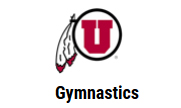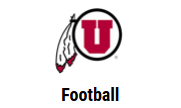Discoid Meniscus
- Preparing for your Clinic Visit
- Preparing for your Surgery Day
- Procedures
- What to Expect After Surgery
- Follow Up Appointments
- Support Numbers
The knee joint is cushioned by a wedged or crescent moon-shaped tissue between the thigh and shin bone, which acts as a shock absorber. Discoid meniscus is an abnormally shaped meniscus - half moon or complete circle. The cause of discoid meniscus is unknown.
Discoid meniscus may cause popping, catching and locking of the knee, a feeling that your knee is giving way, inability to straighten the knee, pain, swelling or stiffness. In some, discoid meniscus may not show any symptoms throughout their life. There are higher chances of injury in a discoid meniscus.
Diagnosis of discoid meniscus is based on medical history and physical examination of your child's knee. Your doctor may also order tests such as X-rays and MRI for a definitive diagnosis. Treatment may not be necessary if a discoid meniscus does not show symptoms. However, when your child experiences symptoms of pain, popping, etc., your doctor may recommend arthroscopic surgery, where the injured meniscus is removed or repaired with surgical stiches. An arthroscope, a thin tube with a light and camera attached to its tip, is inserted through a small incision in the knee to help the surgeon clearly view the operating site. After surgery, your child may need to use crutches or a wheelchair for a few weeks. Rehabilitation includes physical therapy to restore strength and range of motion in your child’s knee.



















